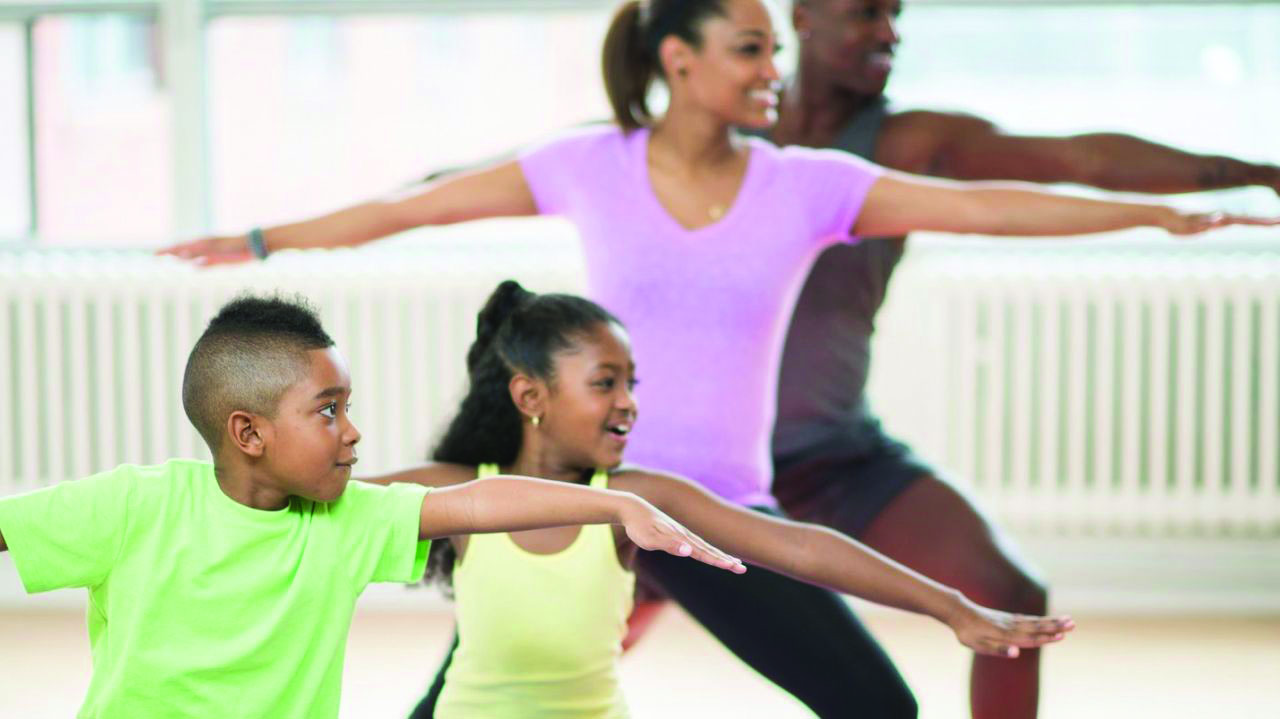- Researchers say physical activity can help children achieve academic success and better handle behavioral issues.
- Experts say physical activity can help children with self-esteem and task management as well as provide an outlet for emotions.
- Parents are encouraged to schedule exercise for children as if it’s a daily classroom assignment.
Physical activity in childhood can help youngsters develop their emotional and behavioral regulation skills, which play a crucial role in their academic achievement.
That’s according to new researchTrusted Source from the United Kingdom that analyzed the Millennium Cohort Study, a longitudinal study of 4,043 children.
Parents and teachers completed questionnaires to measure the emotional and behavioral components of the children’s self-regulation skills at ages 7, 11, and 14. Children’s physical activity was measured by factors that included intensity, duration, and enjoyment.
For 7-year-olds, physical activity positively predicted emotional regulation skills, resulting in higher academic achievement throughout early primary school.
For 11-year-olds, physical activity was linked to behavioral regulation and positively affected academic achievement. After accounting for socioeconomic status, these associations were even more pronounced.
“Physical activity is linked to emotional regulation in early childhood and behavioral regulation in middle childhood,” the study authors wrote. “This relationship predicts academic attainment, suggesting that early and sustained physical activity is an important element in children’s development and schooling.”
The authors also highlighted the importance of ensuring children have access to forms of physical activity, particularly for children from lower socioeconomic settings who may lack the resources or opportunities to participate in organized physical activity.
A pediatric cardiologist weighs-in
Dr. Jake Kleinmahon, an American Heart Association volunteer expert and pediatric cardiology director of Pediatric Heart Transplant and Heart Failure at the Ochsner Hospital for Children in Louisiana, explained how physical activity helps children with emotional or behavioral regulation.
“Physical activity is well-known to improve rates of depression, anxiety, and emotional well-being in children,” he told Healthline.
Mechanisms that can explain this, according to Kleinmahon, include:
- Children involved in sports learn time management, communication skills, and receive feedback from coaches.
- Physical activity allows children to express emotions through movement in a productive manner.
- Organized sports provide structure for children, teach teamwork, and allow children to feel belonging.
- Improving one’s physical fitness, training, or competing come with emotional challenges that children learn to work through.
- Natural endorphins are released during exercise, causing a feeling of well-being.
“All of these skills help in the classroom and improve brain development,” said Kleinmahon. “Conversely, the inability to regulate emotions may hinder learning, lead to disruptive behavior, and may negatively impact their life.”
Team sports offer children the advantage of consistent schedules and physical activity, playing with peers, and furthering social skills. Nonetheless, all types of physical activity are beneficial.
“Generally, when children feel better and better about themselves, they have an easier time regulating their emotions,” said Kleinmahon.
What parents should know
Teaching a child to express and name their emotions is an important part of development, says Kleinmahon.
“Perhaps the best thing as parents that we can do is model the behavior that we want to see in our children,” he said. “Creating an environment that is accepting and sensitive to emotions helps children manage their own emotions.”
Also, parents can help their children learn to name their emotions and understand their feelings to find solutions more easily.
“Sometimes it is helpful to talk to children after a particularly emotional period to empathize with their emotions and come up with ways in the future their response can be more regulated to help achieve the desired outcome,” said Kleinmahon.
He added that emotions themselves aren’t inherently “bad.” They are what make us human.
“There are also appropriate times to let emotions run free and to allow children to express themselves freely,” Kleinmahon said.
Scheduling physical activity
“As a pediatric cardiologist, one of the most important conversations I have with patients is about increasing their activity,” Kleinmahon said.
He added that teaching children the importance of physical activity and building it into their lives can change the trajectory of their long-term health in a positive way.
“Exercising as a family is always a great idea as it builds family time into a healthy activity,” said Kleinmahon.
He encouraged families to schedule daily physical activity as if it is a required class at home.
So where do you start?
You could go to a gym, if that’s an option for you and your household.
“Gyms are great ways to increase physical activity, but they are often expensive, require transportation, are intimidating, and difficult to work into a daily schedule,” Kleinmahon noted.
So don’t worry if the gym isn’t your thing or if your local gyms are closed due to COVID-19 safety precautions.
Another option is at-home exercises that would require minimal equipment. Sometimes all you need is your computer to play a video.
“For example, my daughter likes to dance, so as a great activity to do together, we do dance videos together,” Kleinmahon said.
The American Heart Association recommends children ages 6–17 get 60 minutes of moderate to vigorous physical activity every day. Adults should get at least 150 minutes a week.






